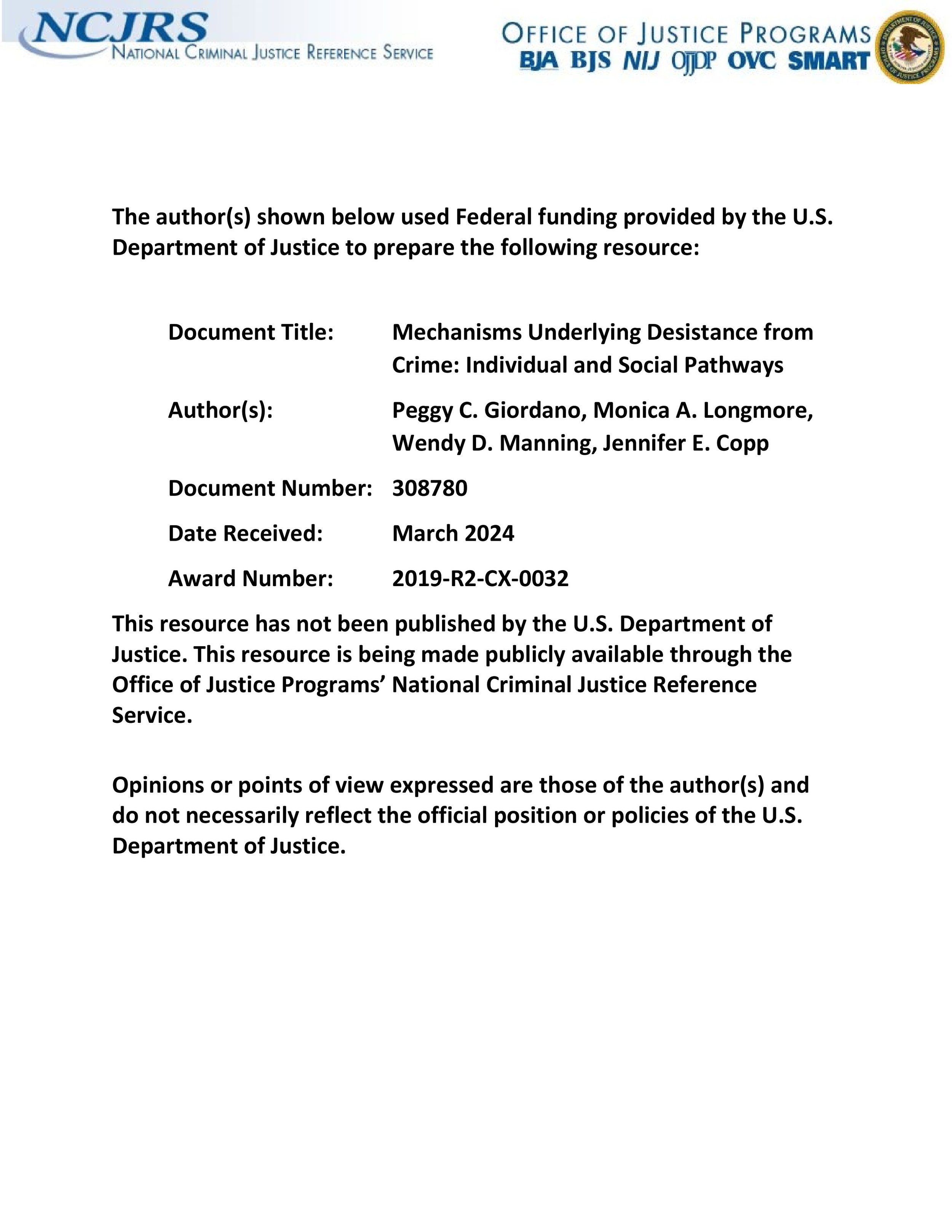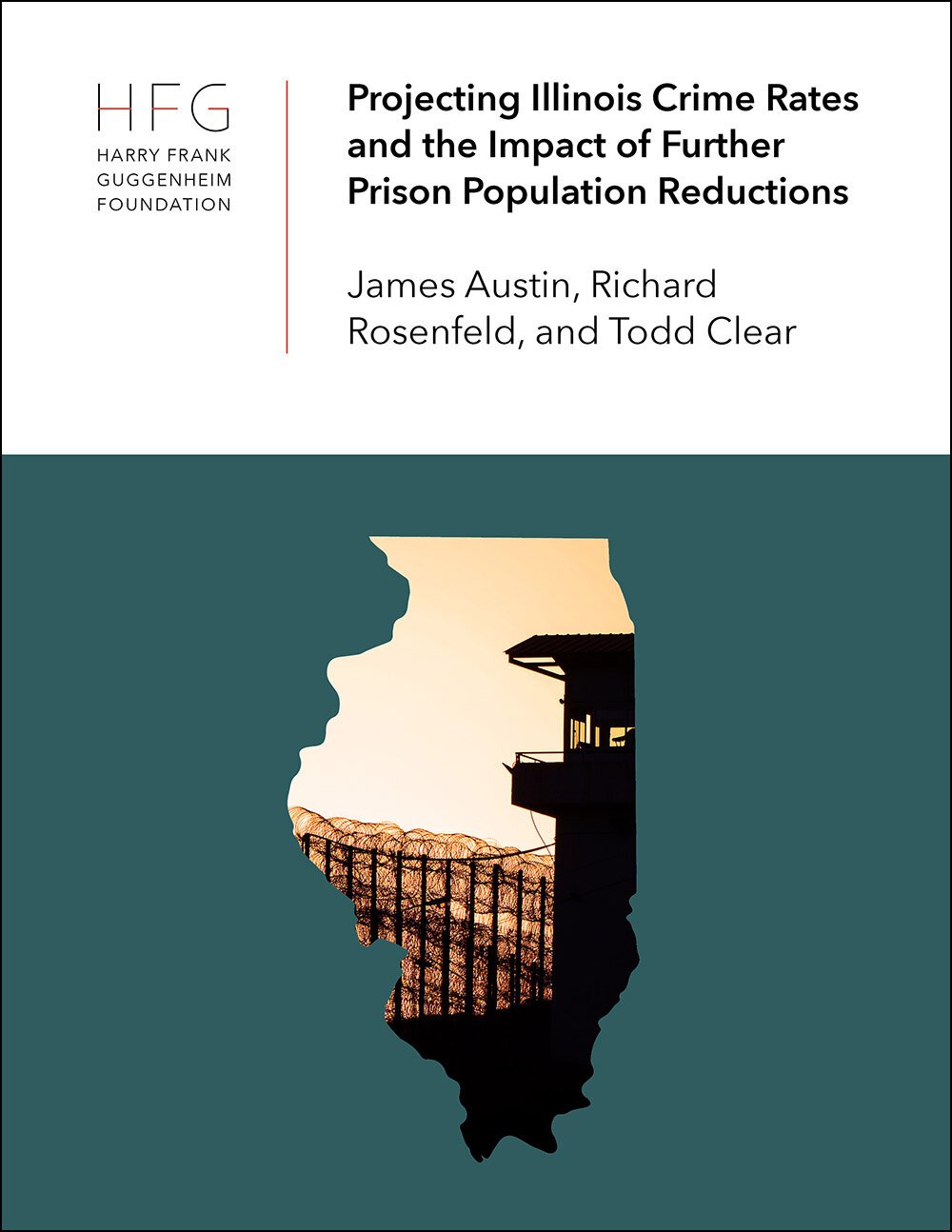By Maury Nation
The author reports on the motivation for developing and performing the Nashville Longitudinal Study of Youth Safety and Wellbeing (NLSYSW) as well as the project’s activities and outcomes, and resulting artifacts. The work of the NLSYSW was organized into working groups corresponding to the principal required tasks to develop the multi-sectoral dataset. The four data collection working groups focused on the following: Metropolitan Nashville Public Schools (MNPS) administrative data; MNPS survey data; contextual data; and youth mapping data. Two data management working groups focused on data anonymization and data archiving. The report describes the major tasks of each working group, the impact of the Covid-19 pandemic disruptions, and NLSYSW outputs and artifacts. The major output of the study was a compilation of multiple data sources with over two million observations and 450 variables; the report provides a list of data sources with the years of data included and a short description of each data set, and directs readers to the user guide and codebook sections for complete details.
Nashville, TN: Vanderbilt University, 2023. 167p.





















